Cross-country skiing: buying guide
To equip yourself for cross-country skiing…where do you start? First tip: don’t delay. The shops are having trouble getting stock and you risk not finding all models or sizes.
Decide what interests you: classic cross-country, skate skiing or off-trail
Will your skiing be contemplative, recreational, sporting or competitive? How many times a week will you get out, for what distance and on what type of terrain: powder, flat tracked trails or rolling or mountainous runs?
Vincent Janelle, assistant manager, welcomes us at Sports Expert Mont-Tremblant. “We only stock standard, non-wax, cross-country skis because they meet 85 per cent of the demand. Waxing gives better performance, for sure, but most people want a carefree outing.”
Cross-country skiing: anatomy 101
A cross-country ski is built with a curved shape called the camber. Placed flat on the ground, the ski rests only on the tip (front) and the tail (back). When your weight is distributed equally on the two skis, the camber is not completely flattened and you slide on the front and back of the ski. To push and advance, you have to transfer all your weight to one ski to crush the camber and push yourself forward on the other ski, like a sidewalk scooter.
All this is why you have to do a good job of choosing your ski, bearing in mind your weight and technique. You want to avoid: too flexible a camber, a too-short ski (or too old), a good push, but no slide; a too-rigid camber, too long a ski, no push. To help you, the manufacturers mark each pair of skis with the skier’s appropriate weight, e.g., 70 to 74 kg. In comparing models and brand names, if you have a choice among two or three, “Choose the middle,” Vincent advises. “It’s always a compromise. Choose the short one if you want better control; the long one will give you better slide.”
A short ski provides better control and less slide. For a sportier practice where sliding counts, choose a longer ski, although you’ll need a bit of time and learning technique to get used to the camber. The initial discomfort should subside.
Skis with scales or skins perform better than the old ones used to, with a sliding advantage for the skins. There’s very little maintenance: regular application of a silicone solution to avoid having the skins freeze, and a bit of sliding wax on the tips and tails before an outing. It’s easy to get replacements for worn skins in a store, but you should know that you can ski 1,200 km before getting to that point!
Boots and poles
Most of the brands offer skis with a Prolink binding; if you want to keep using old boots, bring them in to check for compatibility. For boots, the key is comfort and your degree of resistance to the cold. You’ll find insulated, waterproof boots with camouflaged laces. Boots can be soft or rigid and can provide ankle support or not. Vincent’s advice: “Try several brands with a thicker sock, and avoid combination models for classic and skate skiing.”
Poles are generally chosen to be shoulder height or a little less for classic skiing (0.83 x your height), and nose height for skate-skiing. Check the comfort of the grip and the strap, and the weight difference between metal, composite and carbon fibre.
Children
They can be started at age six, or earlier if they have the strength to get up without help. A set with scaled skis is fine to start. Consider a sale-exchange or rental. At around the age of 10, if they’re athletic and interested in competition, choose skis that can be waxed.
Prices: skis, boots and poles
From $350 to $750 and more for adults. About $300 for a child’s set.
More from this author by clicking on his photo below.

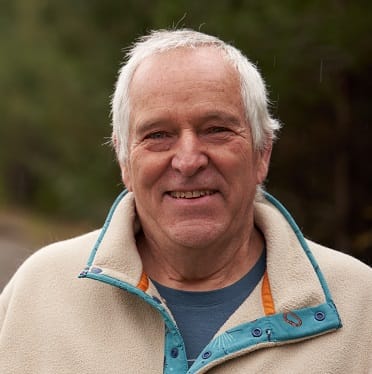
Daniel Gauvreau80 Posts
Récréologue et journaliste de formation, tour à tour organisateur, formateur, consultant, chroniqueur et traducteur dans le milieu du plein air, Daniel Gauvreau est passionné d’activité physique en extérieur. De retour d’un périple au Québec et en France, il a choisi les Hautes-Laurentides pour satisfaire son amour de la nature. Semi-retraité, moniteur de ski de fond à SFMT, son expérience profite désormais aux lecteurs de Tremblant Express. Recreation professional and journalist by education, organizer, trainer, consultant, columnist and translator about the outdoors by experience, Daniel Gavreau is passionate about physical activity outside. Following a trip through Québec and France, he chose the Hautes-Laurentides as the place to satisfy his love of nature. Semi-retired and teaching cross-country skiing with SFMT, he now offers his experience to Tremblant Express readers.
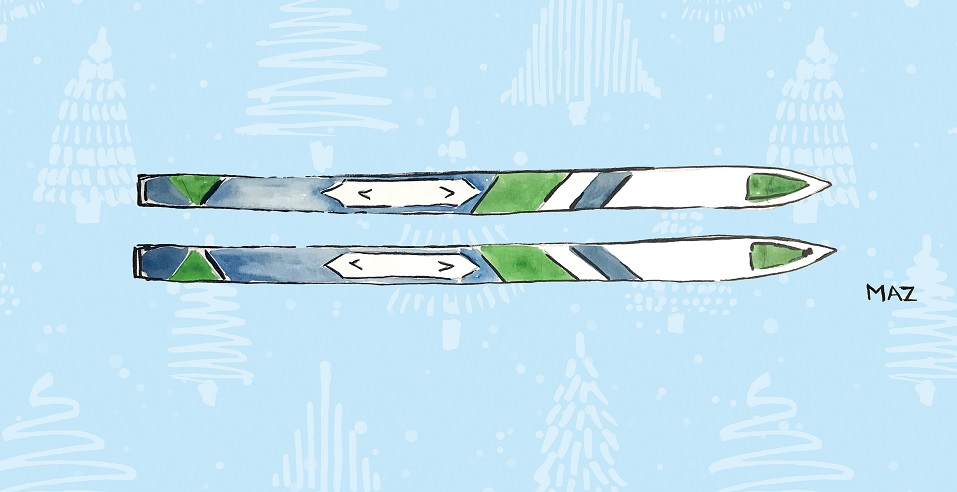
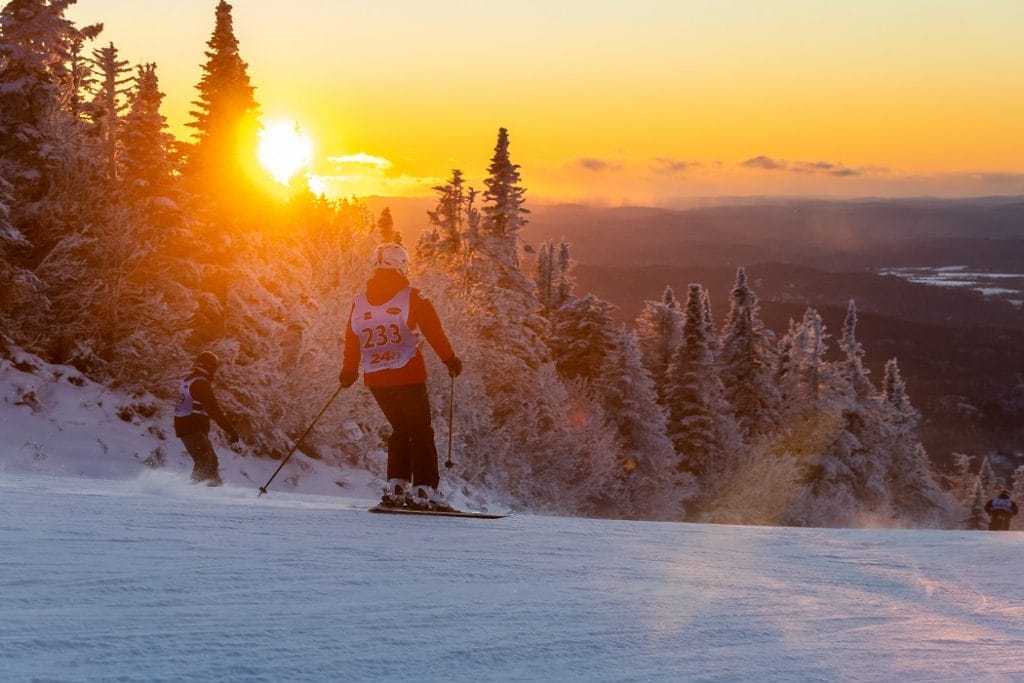
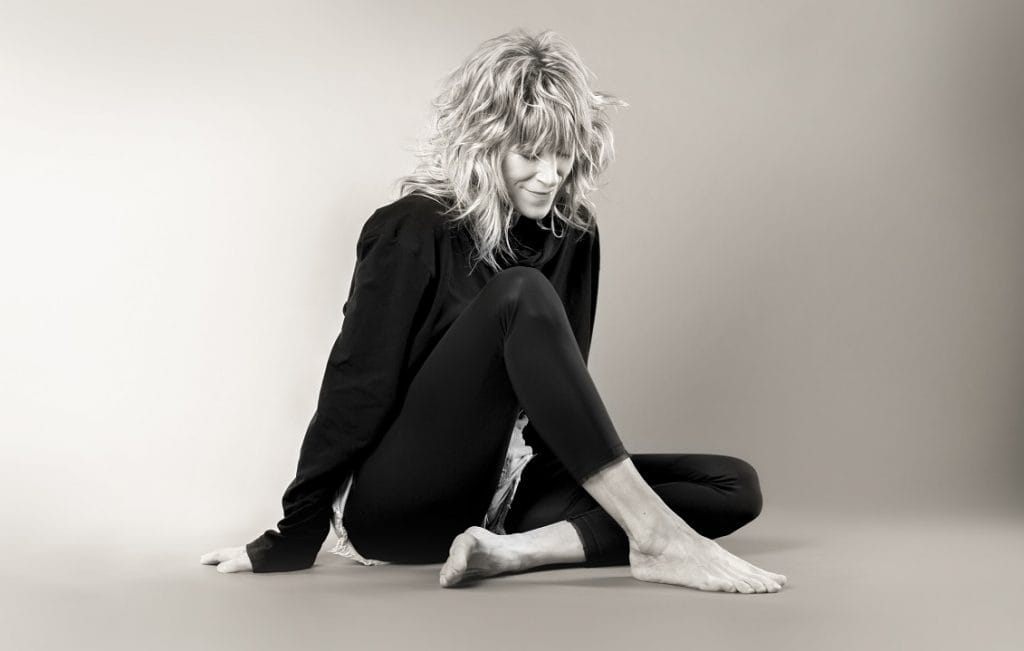
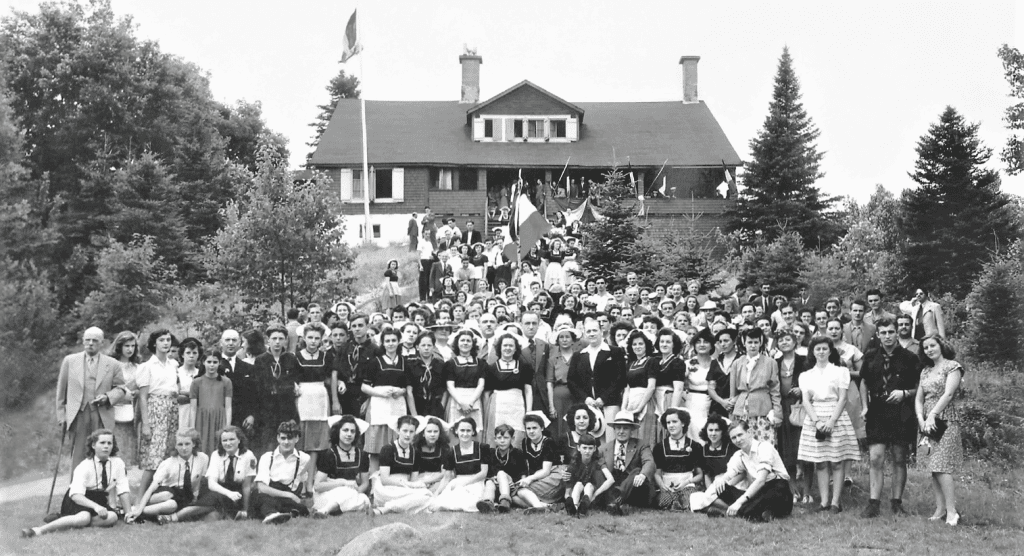
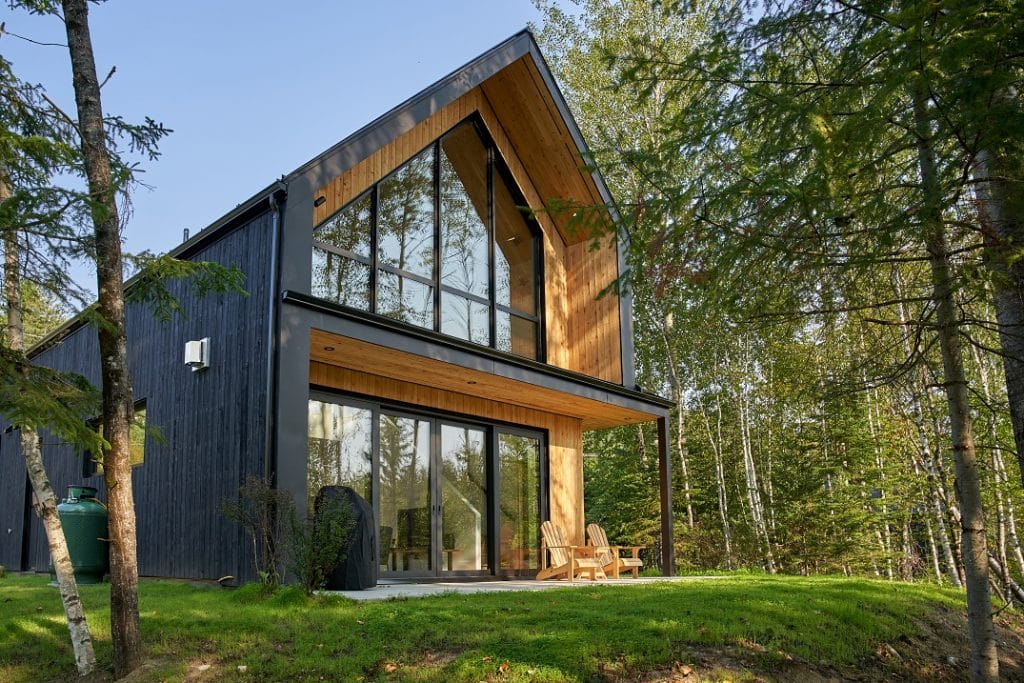
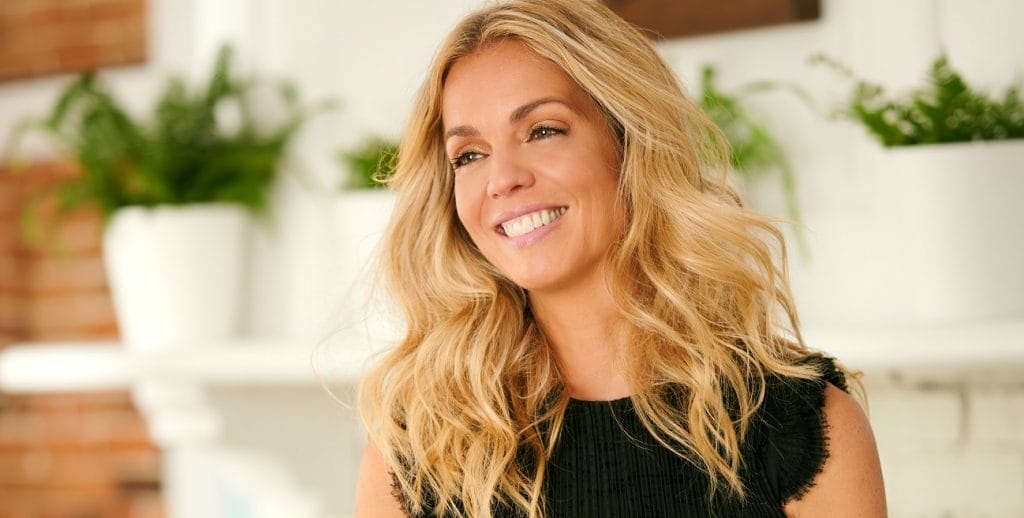
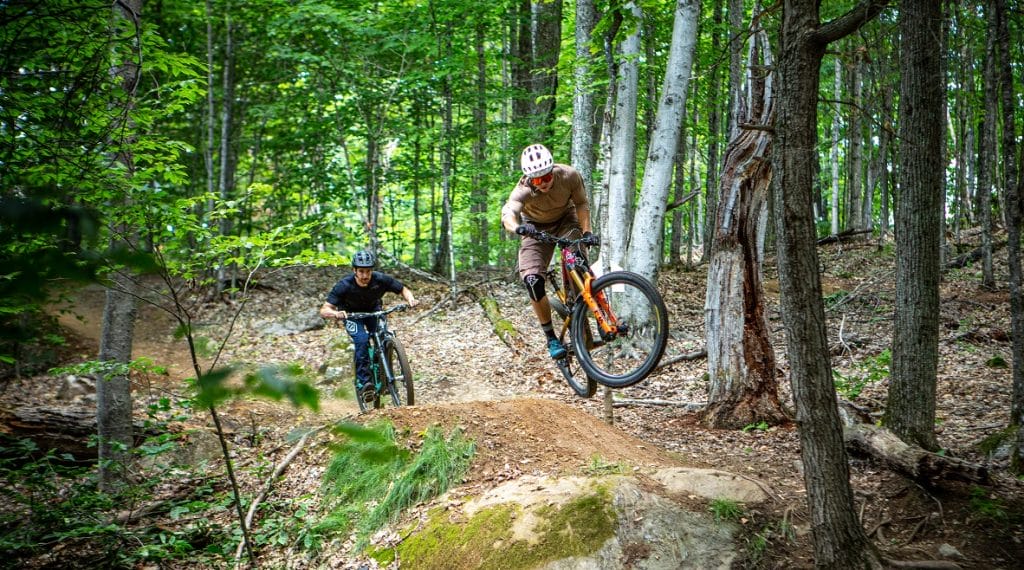
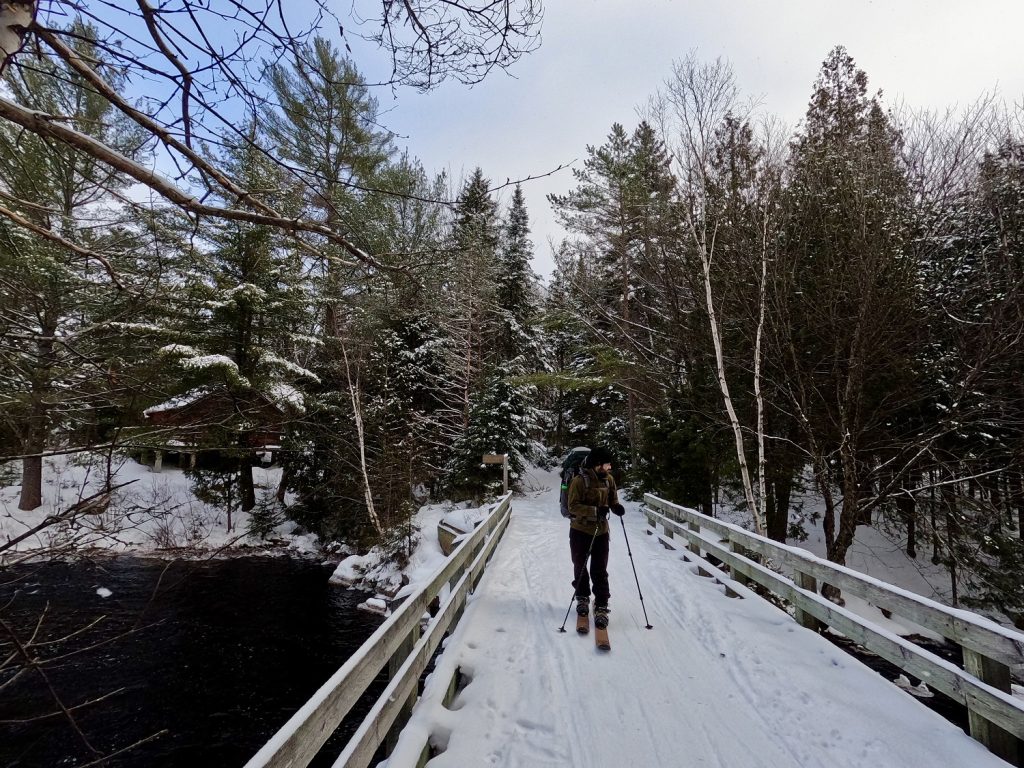

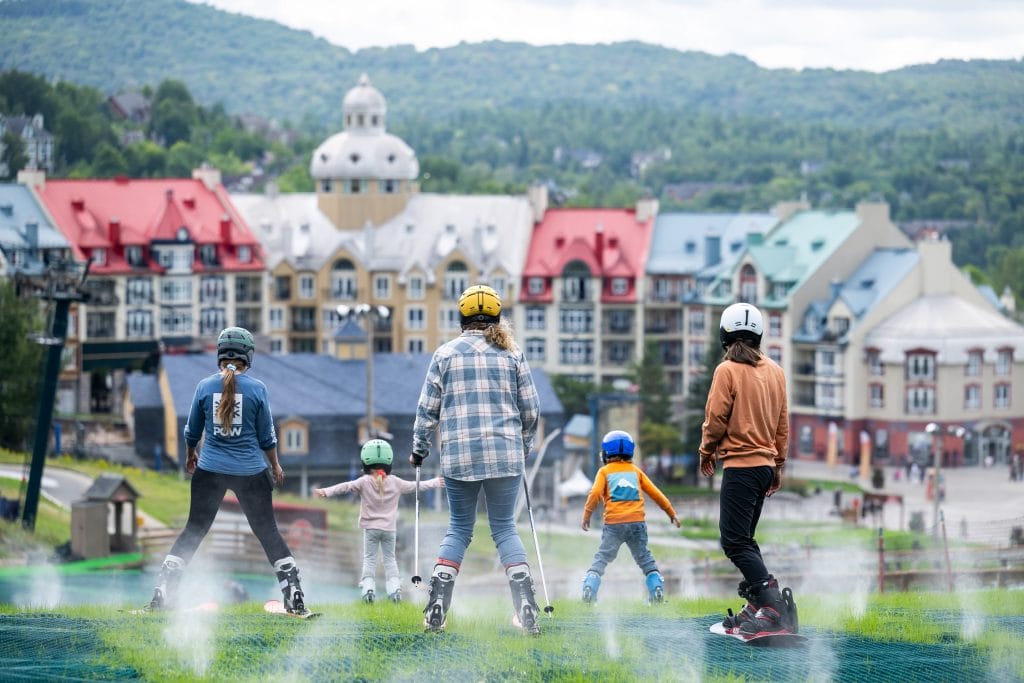
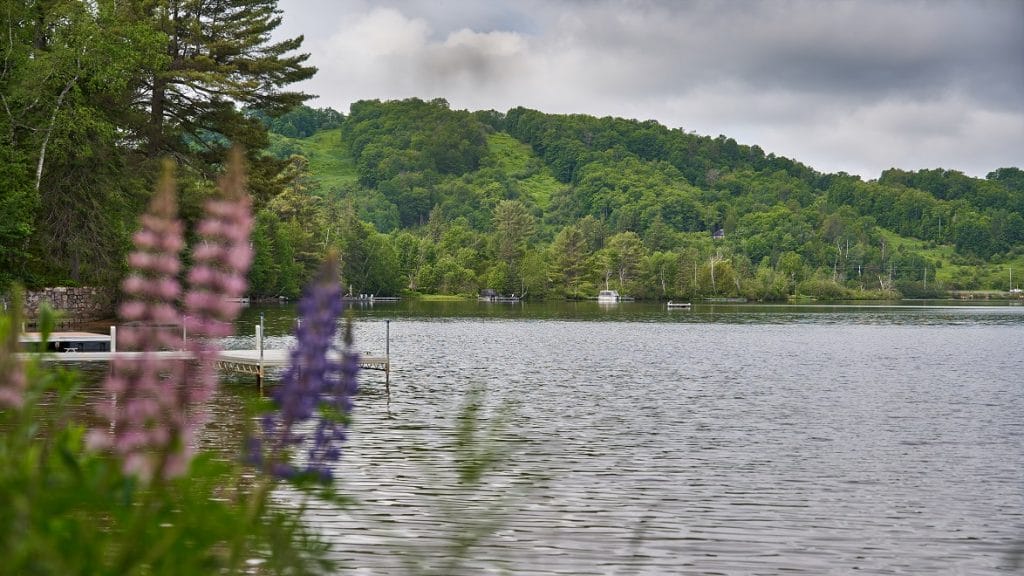

0 Comments